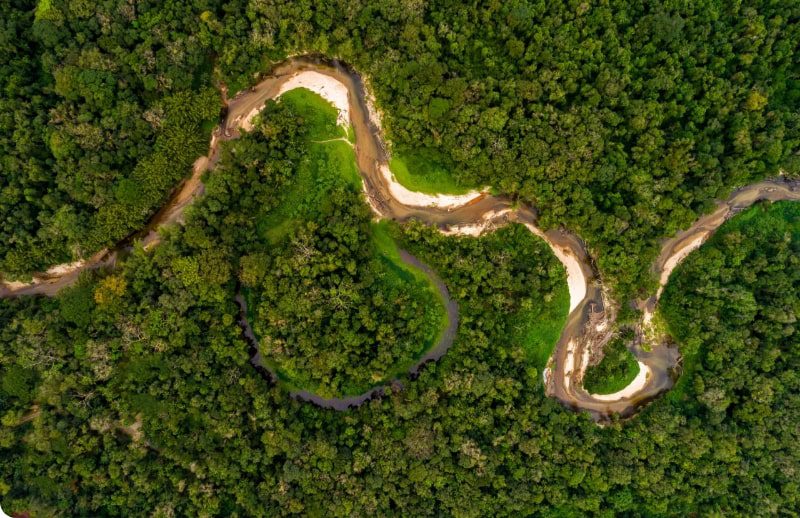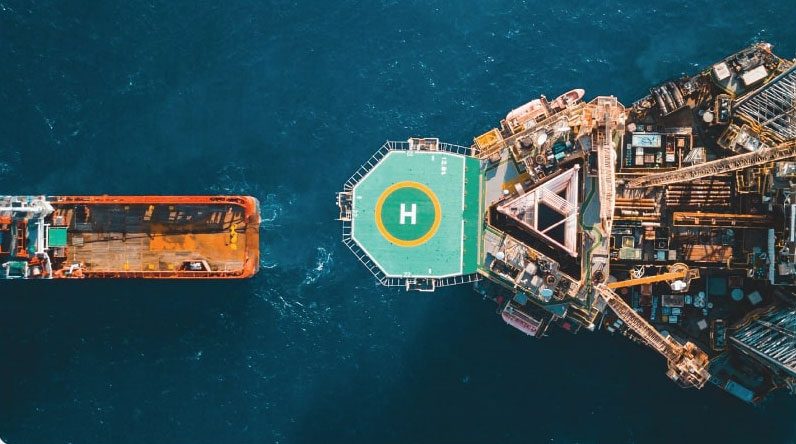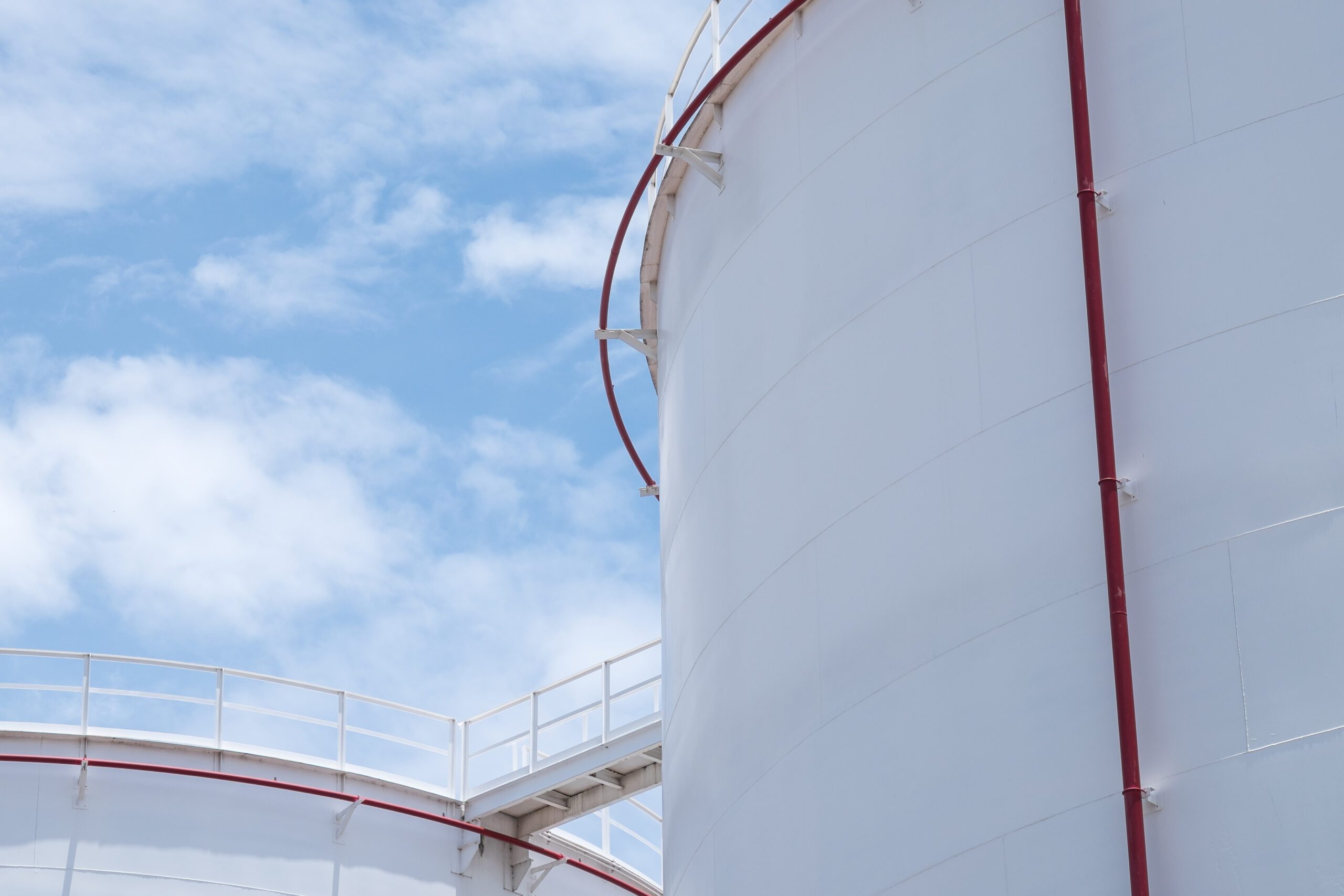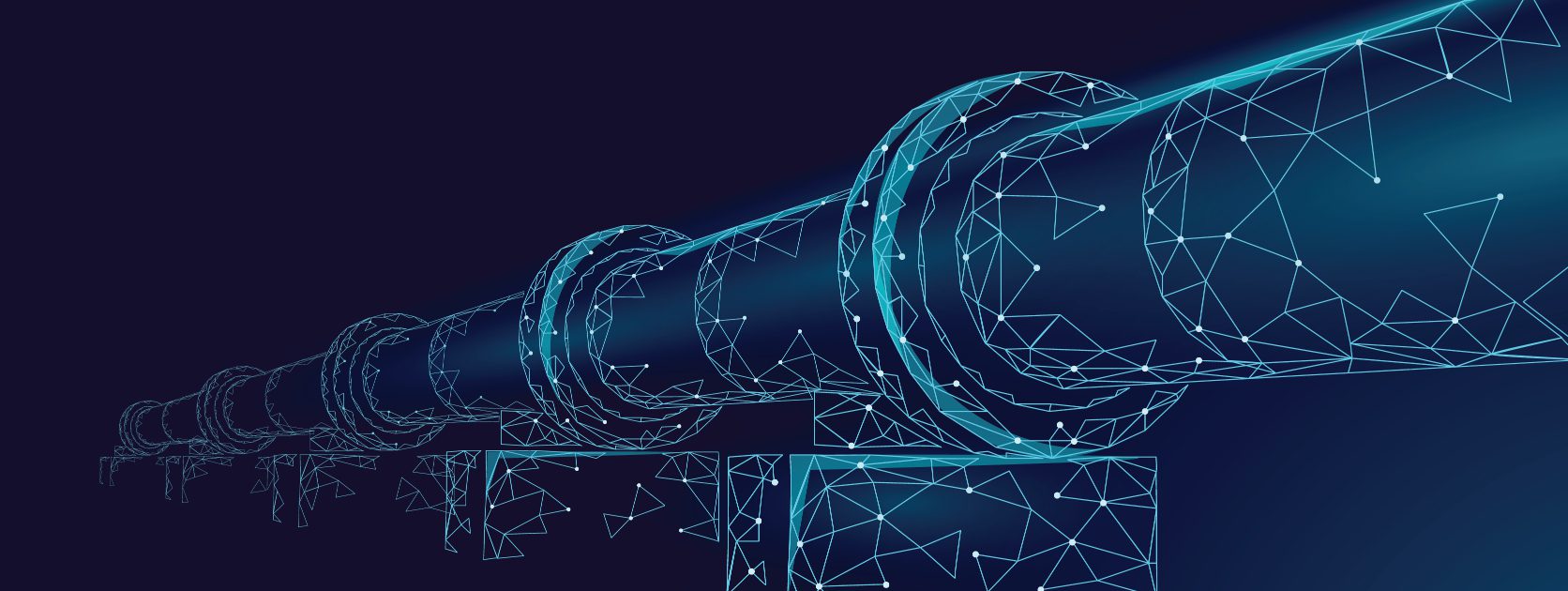Complete Form to Download the White Paper
"*" indicates required fields
White Paper: Quantitative Risk Assessment for Hydrogen
Hydrogen is being pursued by the energy industry in the UK and abroad at present as a means to replace or reduce the amount of carbon dioxide emitted through the burning of natural gas. When hydrogen is burned, it produces only water, whereas the burning of natural gas produces carbon dioxide and water. It is this property that makes it desirable for combating climate change as the total emissions of greenhouse gases can be reduced.
Most hydrogen produced today is produced using steam reforming of natural gas – however, this method of hydrogen production produces significant amounts of greenhouse gases and is not green. For hydrogen to reduce the amount of carbon dioxide released into the atmosphere hydrogen must produced in a green manner, for instance via electrolysis powered by renewable energy.
To pursue this method of combating climate change, numerous countries have begun trials and preliminary studies investigating the feasibility of injecting hydrogen into their existing natural gas supply networks. The conversion of natural gas transmission networks from pure natural gas to a mixture of natural gas and hydrogen constitutes a change in the way these assets are operated, as such, the change must be managed.
This article aims to discuss the application of Quantitative Risk Assessment (QRA) to hydrogen and to discuss the salient points that should be considered when undertaking a QRA on hydrogen assets.





